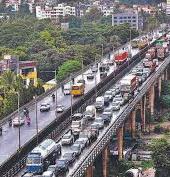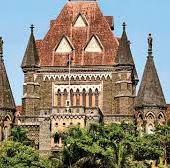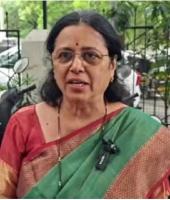- Editorial
- Bihar’s 2025 Verdict — A Test of Governance and Grassroots Discontent
Bihar’s 2025 Verdict — A Test of Governance and Grassroots Discontent

The Bihar Assembly Election 2025 has evolved into one of India’s most defining political contests in recent memory. What began as a state poll has now become a national litmus test — of performance versus perception, continuity versus change, and power versus patience. Bihar, a state often seen through the prism of poverty and migration, today stands at the crossroads of a political transformation whose echoes will resonate far beyond its borders.
Chief Minister Nitish Kumar, leading the BJP–JD(U) alliance, faces the toughest challenge of his long political career. His pitch for a “double-engine government” rests on claims of development — improved roads, electricity, and welfare schemes for women and students. Yet, the promise of industrial growth and job creation remains largely unfulfilled. Bihar continues to top unemployment charts, and lakhs of its youth still migrate to other states in search of dignity and livelihood. The very narrative that once consolidated Nitish’s image as “Sushasan Babu” is now under strain.
The opposition INDIA bloc, led by Tejaswi Yadav’s Rashtriya Janata Dal (RJD) and supported by the Congress, senses an opportunity to turn public frustration into political capital. Tejaswi’s campaign has focused on unemployment, caste justice, and corruption under the current regime. He has successfully re-energised the traditional Yadav-Muslim base while attempting to appeal to young and aspirational voters. However, his biggest challenge remains credibility — convincing the electorate that a new generation of RJD leadership represents change, not the return of the past era of lawlessness.
A third dimension has quietly entered Bihar’s political equation: the rise of independent movements such as Prashant Kishor’s Jan Suraaj. While their seat count may remain limited, their growing traction among first-time voters and educated youth indicates fatigue with the existing political binaries. These new formations may not capture power, but they are beginning to capture imagination — a space the mainstream parties have long ignored.
Beyond party arithmetic, the deeper story of Bihar 2025 lies in governance fatigue and social realignment. Caste equations, once rigid, are showing signs of fluidity. Issues such as job security, education, and gender empowerment are now shaping voter consciousness more than clan loyalty. Women voters, who have been Nitish’s consistent support base due to welfare schemes, may prove decisive again — or may express silent dissent if their aspirations remain unmet.
The conduct of the Election Commission, allegations of voter list errors, and the use of welfare delivery as electoral leverage have also sparked debate about institutional neutrality. The integrity of the process will matter as much as the outcome itself.
Whatever the result, Bihar’s election is not merely about changing governments — it is about restoring faith in governance. If the NDA wins, it will validate continuity and welfare-driven stability. If the INDIA bloc rises, it will signal a generational shift in Bihar’s political mood. Either way, this election is a reminder that democracy, even in its most fragile corners, remains India’s greatest strength — the power of the people to demand better from those who rule them.
000











